More Than ‘Just Getting Your Bell Rung’: How Physical Therapy Helps Athletes Recover After a Concussion
Sports Concussions Are on the Rise
Sports-related concussions (SRC) are one of the more common injuries affecting young athletes across all levels of play. In the U.S. alone, an estimated 3.8 million sports-related concussions occur each year, with many more likely going undetected. For male athletes, football has the highest rate of SRC. Soccer, on the other hand, is close behind leading to the most concussions in our female athletes.
Most athletes recover within 7–14 days and return to the field without lingering symptoms. But research shows that between 5–58% of athletes may develop persistent symptoms—known as post-concussion syndrome (PCS)—lasting weeks, months, or even longer. These can include headaches, dizziness, cognitive difficulties, fatigue, or neck pain.
And it’s not just about the brain. Studies also suggest a prior concussion may significantly increase an athlete’s risk of lower extremity injuries like ACL tears and ankle sprains after returning to play.
With rising numbers, unpredictable symptoms, and added injury risk, early, active management is key. Gone are the days of strict bed rest—research now shows that prolonged rest can actually delay recovery.
This is where physical therapy can help.
Why Physical Therapy Should Be Part of Every Concussion Rehab Plan
Physical therapists play a crucial role in helping athletes safely return to sport after a concussion. Using a patient-centered, evidence-based approach, PTs help restore balance, address lingering symptoms, and guide a structured return-to-play progression.
At Trifecta Therapeutics, we see concussion rehab as more than “just rest.” Here’s how PT fits into the recovery process.
What Is a Sports-Related Concussion (SRC)?
A sports concussion is caused by a direct blow to the head, neck, or body that transmits an impulsive force to the brain. This rapid movement causes a metabolic injury, triggering what’s often referred to as an “energy crisis” in the brain.
Most SRCs don’t involve visible structural damage, but they do create functional changes, such as:
Altered cerebral blood flow
Chemical imbalances
Elevated metabolic demand on the brain
This imbalance leads to the symptoms we associate with concussion. While most resolve naturally as the brain heals, some athletes require targeted rehabilitation to fully recover.
Common Concussion Symptoms
Pulled from the Post-Concussion Symptom Scale (PCSS), these are 22 of the most frequently reported symptoms:
Headache
Pressure in Head
Neck Pain
Nausea or Vomiting
Dizziness
Blurred Vision
Balance Problems
Sensitivity to Light
Sensitivity to Noise
Feeling Slowed Down
Drowsiness
“Don’t Feel Right”
Difficulty Concentrating
Difficulty Remembering
Fatigue or Low Energy
Confusion
More Emotional
Trouble Falling Asleep
Sadness
Irritability
Nervous or Anxious
How Physical Therapy Helps Concussion Recovery
✅ Education
Knowledge is power. Understanding what’s happening in the brain is critical to recovery. PTs educate athletes and parents on symptom management, recovery timelines, and the importance of avoiding second-impact syndrome—a potentially life-threatening reinjury if an athlete returns too soon.
✅ Vestibular Rehabilitation
Dizziness and imbalance are common post-concussion. A vestibular exam can identify the cause of these symptoms, and targeted vestibular rehab can help restore balance and reduce dizziness.
✅ Manual Therapy
Headaches and neck pain often follow concussions. When appropriate, manual therapy to the neck and surrounding tissues can reduce pain and improve movement, helping athletes progress faster through recovery.
✅ Supervised Return to Learn, Work, and Play
No two concussions are the same. Physical therapists design individualized progression plans that help athletes return to school and sport safely, with constant monitoring and guidance. Absolute rest is not the answer, and doing so can lead to prolonged recovery. Moderate amounts of resistance training and cardiovascular exercise can aid in the recovery process.
What Makes Trifecta’s Concussion Program Different?
One-on-One Care: Every session is with a Doctor of Physical Therapy in a supportive, athlete-focused environment.
Team Communication: We collaborate with parents, athletic trainers, physicians, and coaches to ensure everyone is on the same page.
Objective Testing: We use evidence-based return-to-sport testing to measure readiness. If you’re not assessing, you’re guessing.
Final Thoughts: Concussion Rehab Is a Team Effort
Concussions are complex and no two athletes recover the same way. That’s why individualized care is critical. At Trifecta, we combine evidence-based treatment with a supportive environment to help athletes get better, play better, and stay better.
Still Experiencing Concussion Symptoms?
Don’t leave recovery to chance. Let our expert team help you bounce back safely and confidently.
📅 Schedule Your Concussion Assessment and Initial Evaluation
Written By Dr. Justin Hanus, PT, DPT, OCS, CSCS, FAAOMPT
References
Halstead ME, Walter KD, Moffatt K, et al. Sport-related concussion in children and adolescents. Pediatrics. 2018;142(6):e20183074. doi:10.1542/peds.2018-3074
Langevin P, Frémont P, Fait P, Roy J-S. Responsiveness of the Post-Concussion Symptom Scale to monitor clinical recovery after concussion or mild traumatic brain injury. Am J Sports Med. 2022;50(5):1357-1366. doi:10.1177/03635465221076337
McPherson AL, Nagai T, Webster KE, Hewett TE. Musculoskeletal injury risk after sport‑related concussion: a systematic review and meta‑analysis. Am J Sports Med. 2019;47(7):1754‑1762.
Quatman‑Yates C, Hunter‑Giordano A, Shimamura KK, et al. Physical therapy evaluation and treatment after concussion/mild traumatic brain injury. J Orthop Sports Phys Ther. 2020;50(4):CPG1‑CPG73. doi:10.2519/jospt.2020.0301




